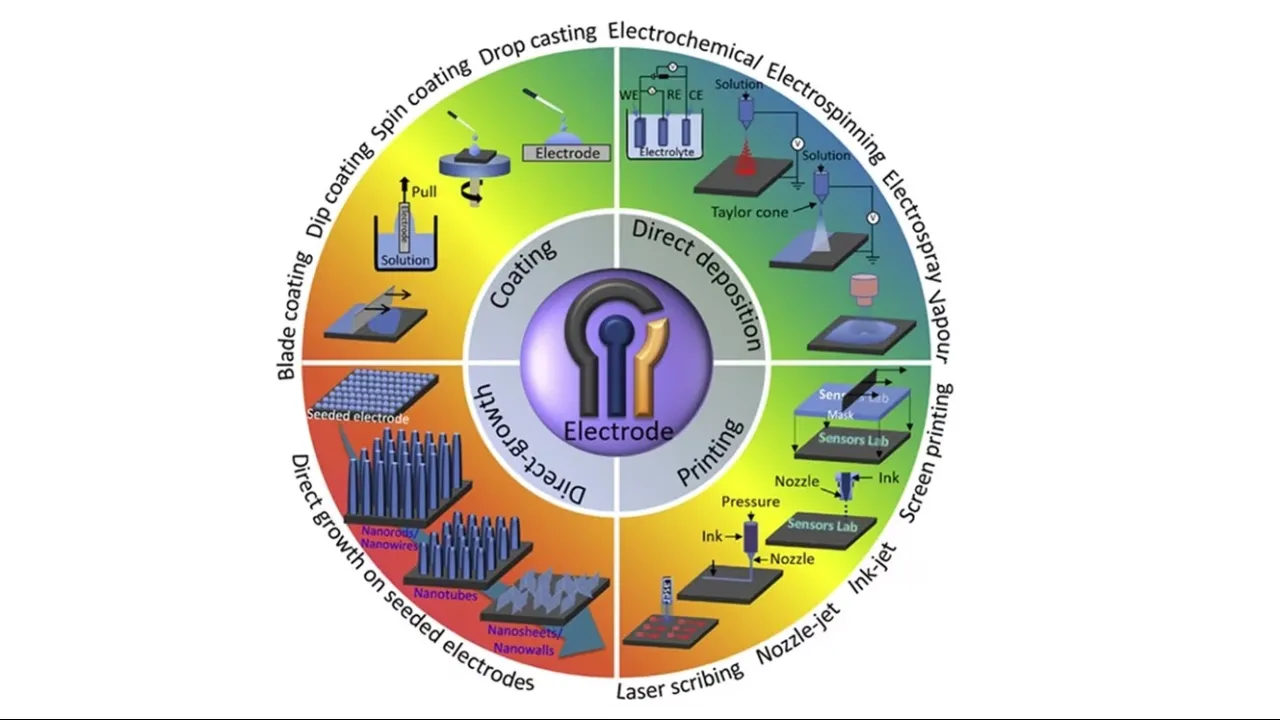
Deposition of nanomaterials: a crucial step in biosensor fabrication
About
Ahmed Rafiq , et al., "Deposition of Nanomaterials: a Crucial Step in Biosensor Fabrication". Materials Today Communications 17, 2018, 289.
Biosensor development includes the deposition of (nano)materials onto a conductive electrode surface, which is a crucial step for obtaining improved performance from the constructed biosensors. Various methods have been used to create a successful matrix of (nano)materials that ensures proper contact between the material and electrode surface. The purpose of (nano)material deposition is to provide a high surface area to improve the electroanalytical performance of biosensors by supporting the stable immobilization of enzymes in a more significant quantity as well as enhancing the catalytic or bioaffinity features. For decades, researchers have been using increasingly advanced methods not only for improving sensing performance, but also for improving stability, reproducibility, and mass production. In this review, we summarized the methods used for (nano)material deposition onto an electrode surface for efficient biosensor fabrication. An enhanced and optimized (nano)material deposition method is crucial for the mechanical stability and fabrication reproducibility of electrodes when designing a suitable biosensing device. In addition, we discussed the problems faced during biosensor application as well as the present challenges and prospects for superior deposition methods.